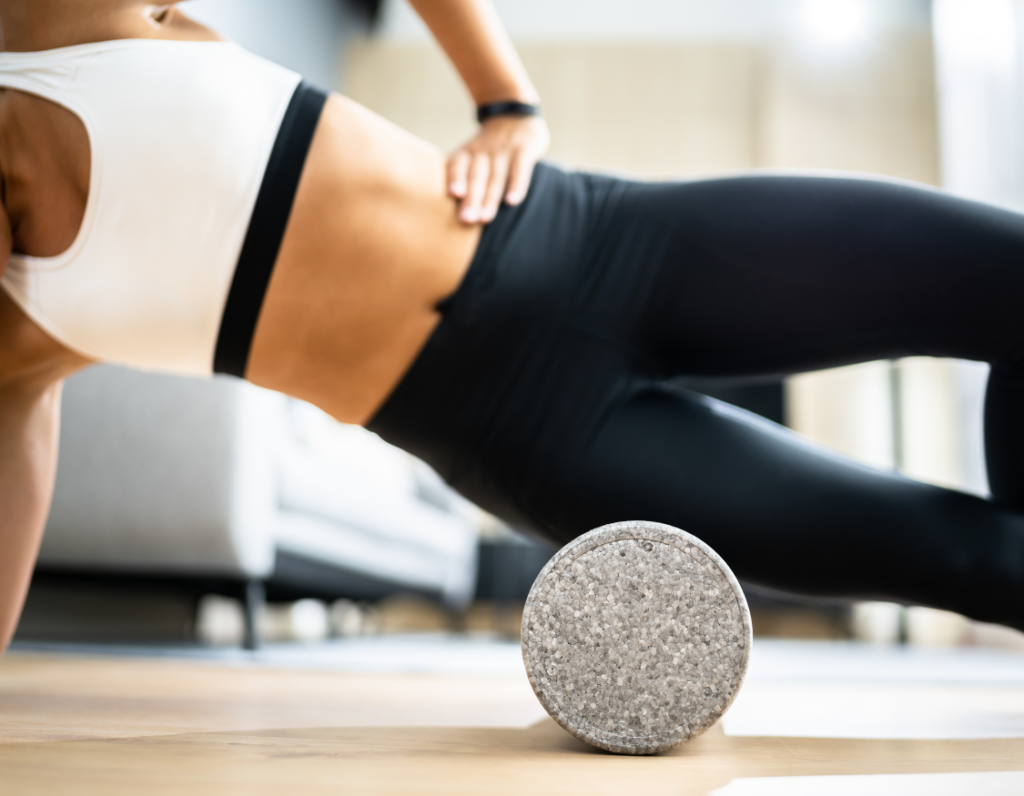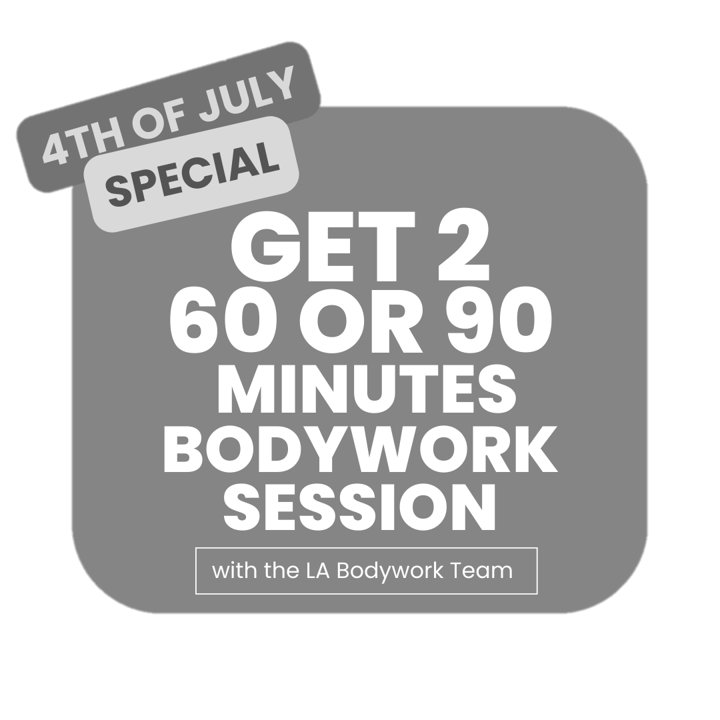
In the ever-evolving landscape of fitness and wellness, athletes and enthusiasts alike are on a constant quest for tools that can optimize performance, expedite recovery, and prevent injuries. In recent years, the foam roller has emerged as a ubiquitous and invaluable companion in the realm of bodywork. This deceptively simple device has proven to be a game-changer, offering a myriad of benefits to those who incorporate it into their fitness regimens. In this comprehensive guide, we will delve deeper into the top 10 use cases for foam rollers in bodywork, providing a detailed exploration of how this versatile tool can elevate your fitness journey.
Myofascial Release: A Gateway to Flexibility and Mobility:
Myofascial release, facilitated by foam rolling, involves applying sustained pressure to release tension in the fascia, the connective tissue surrounding muscles. This technique not only promotes flexibility and mobility but also contributes to improved circulation and reduced muscle tightness. Tip: Begin with larger muscle groups and gradually target more specific areas, focusing on knots and trigger points for enhanced myofascial release.
Foam Rolling as a Dynamic Warm-up:
Foam rolling is not limited to post-workout routines. When used as part of a pre-workout warm-up, it helps increase blood flow to targeted muscles, optimizing their readiness for activity. This dynamic warm-up technique is particularly beneficial for athletes seeking to enhance performance and reduce the risk of injury. Tip: Incorporate foam rolling into your warm-up routine for at least 5-10 minutes, paying attention to major muscle groups.
Post-Workout Recovery: Maximizing the Repair Process:
The post-workout period is crucial for recovery, and foam rolling plays a pivotal role in this process. By reducing muscle soreness and preventing the accumulation of lactic acid, foam rolling expedites recovery, allowing you to bounce back quicker for subsequent training sessions. Tip: Focus on areas that feel particularly tight or fatigued after your workout, dedicating extra attention to these muscle groups.
Enhancing Flexibility through Targeted Stretching:
Foam rollers are exceptional tools for improving flexibility by breaking up adhesions and knots in muscles. Integrating foam rolling into your stretching routine allows for a more comprehensive and effective approach to increasing range of motion. Tip: Combine foam rolling with dynamic stretches for a synergistic effect on flexibility.

Targeted Muscle Massage: A DIY Approach to Recovery:
Foam rollers provide a self-controlled massage experience, allowing individuals to target specific areas of muscle tightness and discomfort. This targeted approach promotes relaxation, reduces muscle tension, and accelerates the recovery process. Tip: Experiment with different foam roller densities to find the level of pressure that works best for you, adjusting as needed for different muscle groups.
Balance and Stability Training: Core Engagement and More:
Beyond its traditional uses, foam rollers serve as excellent tools for balance and stability training. By introducing instability during exercises, such as squats or planks, foam rollers engage core muscles and stabilizers, enhancing overall balance and coordination. Tip: Gradually progress from static exercises to dynamic movements on the foam roller to challenge your balance further.
Spinal Alignment: The Foundation of Good Posture:
Proper spinal alignment is crucial for overall health and fitness. Placing a foam roller along the spine helps improve posture, reduce back pain, and enhance body mechanics. This use case is especially beneficial for individuals who spend long hours sitting or have sedentary jobs. Tip: Perform gentle back extensions over the foam roller to encourage better spinal alignment.
Foot and Plantar Fascia Relief: Taking a Step Towards Comfort:
The soles of our feet often bear the brunt of daily activities, leading to tension and discomfort. Foam rolling the feet and targeting the plantar fascia can provide relief for conditions like plantar fasciitis, making it an essential practice for those on their feet for extended periods. Tip: Use a tennis ball or a golf ball for more targeted pressure on the soles of the feet.
Injury Prevention: A Proactive Approach to Longevity:
Regular use of foam rollers can be a proactive measure in injury prevention. By identifying and addressing muscle imbalances and tightness before they escalate into more serious issues, individuals can maintain peak condition and longevity in their fitness pursuits. Tip: Implement foam rolling as a regular part of your routine, even on days when you’re not engaging in intense workouts.
Stress Reduction and Relaxation: The Mind-Body Connection:
Beyond its physical benefits, foam rolling contributes to stress reduction and relaxation. The rhythmic movements and pressure application create a meditative experience, promoting a sense of well-being and mental relaxation. Tip: Incorporate foam rolling into your bedtime routine for a calming end to the day.
As we navigate the multifaceted landscape of bodywork and fitness, the foam roller emerges not just as a tool but as a trusted companion in the pursuit of optimal health. From myofascial release to balance training, the top 10 use cases detailed in this comprehensive guide illuminate the myriad ways in which foam rollers can be integrated into your routine. By embracing these techniques, you’ll unlock the full potential of foam rollers, propelling yourself towards peak performance and holistic well-being. So, let the foam rolling journey begin – a journey of flexibility, strength, and enduring vitality!




